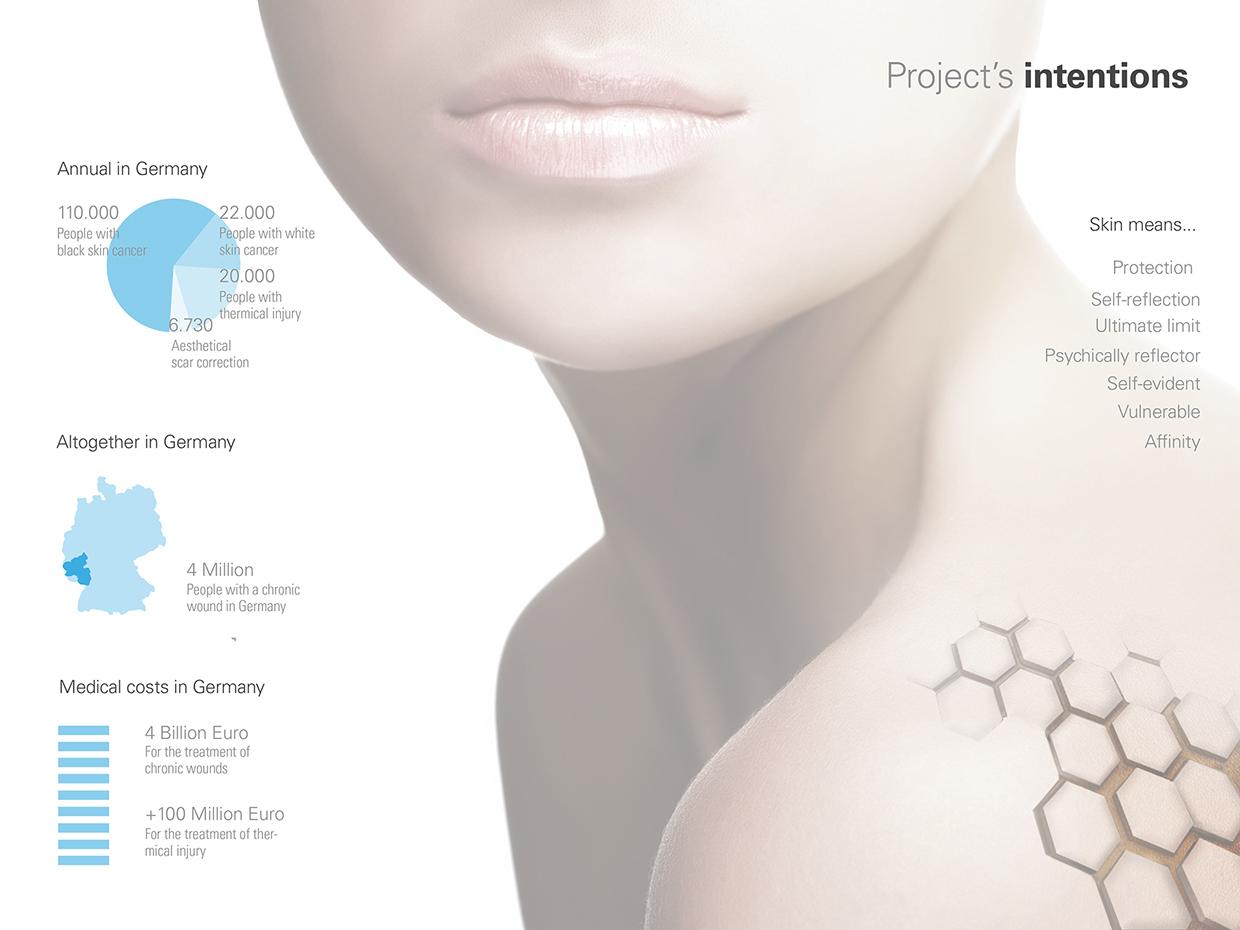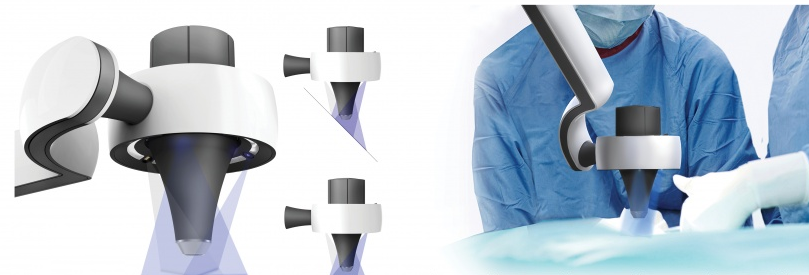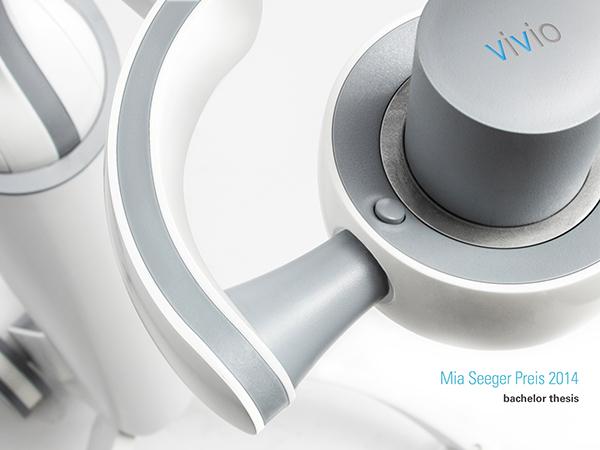Many of us completely take our skin–generally quite durable–for granted, punishing it under the glare of the sun, caking it with makeup, and subjecting it to a wide array of materials and chemicals, generally without a thought. For some though, skin disease and trauma make life itchy, embarrassing, and, in the case of burn victims, devastatingly painful–and they can be potentially life threatening.
The advent of 3D printing is changing so many processes and allowing medical professionals so much assistance by way of 3D printed medical models, implants, and more that allow for better diagnosing, treatment, and surgery—as well as healing. Imagine if the concept of 3D printed skin were to become a reality.
So far, we’ve reported on items being 3D printed that are like skin, offering surgeons fantastic opportunity to practice for delicate new procedures, as well as allowing for medical students to better prepare themselves for exercises in suturing and more. We’ve also reported on progressive companies like Organovo and L’Oréal USA  Products, Inc., which are also partnering up in the bioprinting arena to work on the 3D printing of skin tissue, with implications that are extremely far-reaching and we could only assume would be meant for products, cosmetics, and more.
Products, Inc., which are also partnering up in the bioprinting arena to work on the 3D printing of skin tissue, with implications that are extremely far-reaching and we could only assume would be meant for products, cosmetics, and more.
The bigger question, currently being explored by Isabella Zidek of University of Applied Sciences in Schwäbisch Gmünd, is that of the impact 3D printed skin could have for those suffering from skin disease as well as for burn victims. Acting as a visionary, outlining her idea with a concept called ‘Viveo,’ Zidek sees the possibility for applying 3D printed skin directly onto the affected areas of a patient.
“Physicians and patients are often very skeptical about this technology, because it seems to be strange and is unusual,” says Zidek. “Often they just don’t have the visual imagination to realize the great potential of this technology. That’s why I saw the opportunity to develop a design concept for a 3D skin cell printer, which visualizes the new treatment options and may take the general skepticism away.”
The general idea behind why this would actually work and be far more beneficial is that the 3D printed skin would contain the patient’s actual cells, thus eliminating the issue of the skin being rejected by the body. Because of the layering intrinsic to 3D printing, scars would not develop, and the 3D printed skin cells would integrate in a healthy manner with the skin. This is in comparison with traditional skin transplants which are generally not comprehensive, and can cause rejection, additional wounds, as well as other serious issues.
 In a long-range research project, Zidek interviewed numerous medical professionals as she formulated her concept and plan for a 3D printer that could produce skin. She spoke with a dermatologist as well as a burn specialist, a physicist, and a biologist also interested in 3D skin printing.
In a long-range research project, Zidek interviewed numerous medical professionals as she formulated her concept and plan for a 3D printer that could produce skin. She spoke with a dermatologist as well as a burn specialist, a physicist, and a biologist also interested in 3D skin printing.
“We’ve been practicing the same kind of burn care for decades, and frankly it’s barbaric,” says Marc Jeschke, surgeon and senior scientist at the Sunnybrook Health Sciences Centre.
Zidek intensively studied:
- Skin
- Skin printing
- Cell cultivation and multiplication
After some time, she had produced sketches, prototypes, and three models that she was able to work from in developing her concept for a 3D skin printer.
For Zidek’s design, still a conceptual work-in-progress that’s in the running for a James Dyson Award, a cell ink composed of the patient’s skin cells and a liquid hydrogel would be applied with the typical layering of 3D printing, directly onto to the patient’s affected area, one cell after another.
After a “wound map” is made with 3D scanning, each cell acquires its position and the individual skin layers are applied. Cell components are encased in a cartridge, which can be exchanged for varying treatments, with a tablet controlling all the patient’s data. Zidek also put great thought into aesthetics and ergonomics for the equipment, using a soft shape as well as bright colors so that patients and technicians feel as comfortable as possible. The 3D printer can also be cleaned easily due to the smooth and modular design, which allows for segments to be removed when being repaired or maintained.
What impact do you think 3D printed skin could have overall, as well as for burn victims and those suffering from skin diseases? Tell us your thoughts in the 3D Skin Printer Concept forum thread over at 3DPB.com.

Subscribe to Our Email Newsletter
Stay up-to-date on all the latest news from the 3D printing industry and receive information and offers from third party vendors.
You May Also Like
Precision at the Microscale: UK Researchers Advance Medical Devices with BMF’s 3D Printing Tech
University of Nottingham researchers are using Boston Micro Fabrication‘s (BMF) 3D printing technology to develop medical devices that improve compatibility with human tissue. Funded by a UK grant, this project...
3D Printing Webinar and Event Roundup: April 21, 2024
It’s another busy week of webinars and events, starting with Hannover Messe in Germany and continuing with Metalcasting Congress, Chinaplas, TechBlick’s Innovation Festival, and more. Stratasys continues its advanced training...
3D Printing Webinar and Event Roundup: March 17, 2024
It’s another busy week of webinars and events, including SALMED 2024 and AM Forum in Berlin. Stratasys continues its in-person training and is offering two webinars, ASTM is holding a...
3D Printed Micro Antenna is 15% Smaller and 6X Lighter
Horizon Microtechnologies has achieved success in creating a high-frequency D-Band horn antenna through micro 3D printing. However, this achievement did not rely solely on 3D printing; it involved a combination...
































